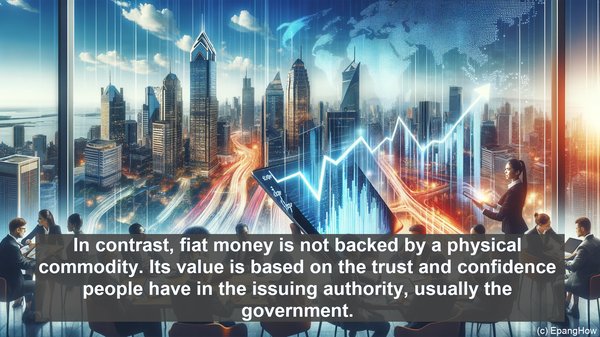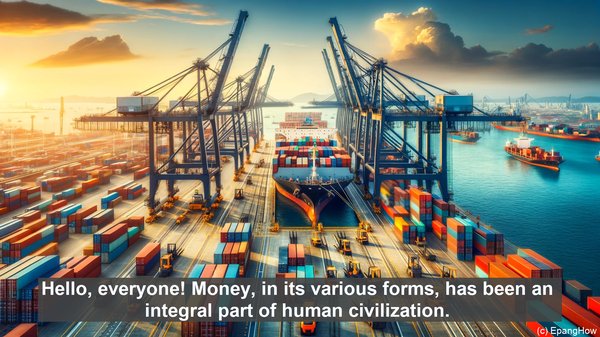Introduction: The Essence of Money
Hello, everyone! Money, in its various forms, has been an integral part of human civilization. Today, we’ll explore two key types of money: commodity money and fiat money. While both serve as mediums of exchange, their underlying principles and characteristics differ significantly.
Commodity Money: A Historical Perspective
Commodity money, as the name suggests, is a form of currency that has intrinsic value. Throughout history, various commodities have served as money, including gold, silver, and even salt. The value of commodity money is derived from its use in other areas, such as jewelry or industrial applications. This inherent value ensures that commodity money holds its worth, even if the issuing authority loses credibility.

Fiat Money: The Modern Currency
In contrast, fiat money is not backed by a physical commodity. Its value is based on the trust and confidence people have in the issuing authority, usually the government. Fiat money has become the predominant form of currency worldwide, with banknotes and coins representing its physical manifestation. The key advantage of fiat money is its flexibility, as the issuing authority can control its supply, aiding in economic stability.

The Role of Government and Central Banks
One crucial distinction between the two types of money lies in the role of the government and central banks. With commodity money, the market determines its value, while with fiat money, the government has the power to regulate and stabilize its worth. Central banks play a vital role in managing fiat money, using tools like interest rates and open market operations to influence the economy.
The Impact of Technology
The advent of digital currencies, such as Bitcoin, has added another dimension to the money landscape. While not a traditional form of commodity or fiat money, cryptocurrencies operate on decentralized systems, with their value determined by factors like demand and supply. The rise of digital currencies has sparked debates about the future of money and the potential for a cashless society.
